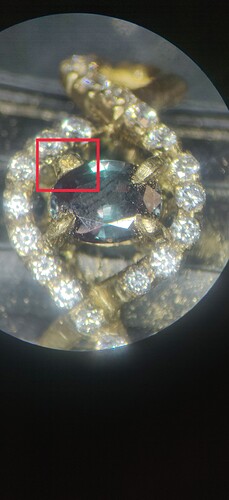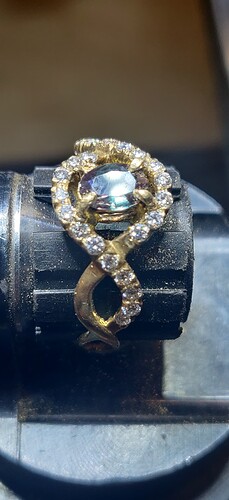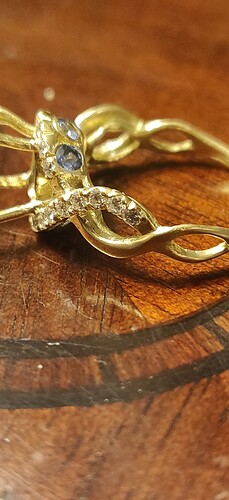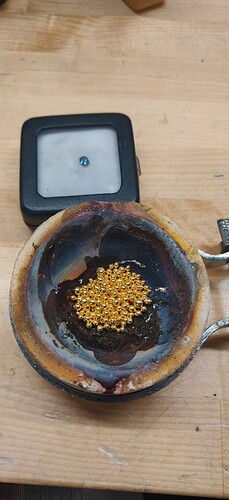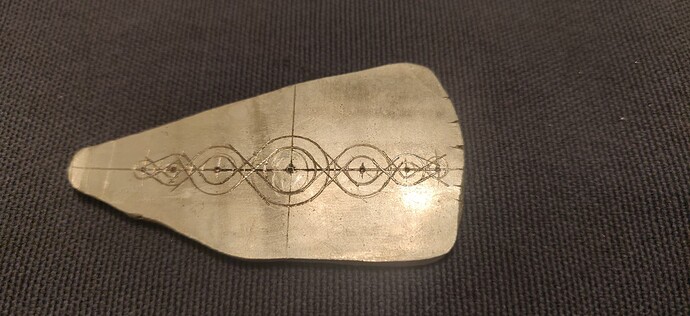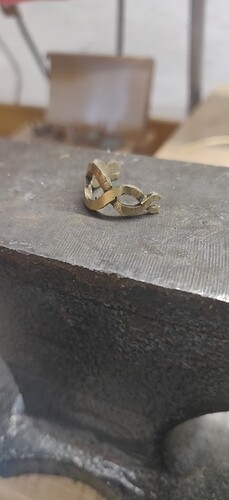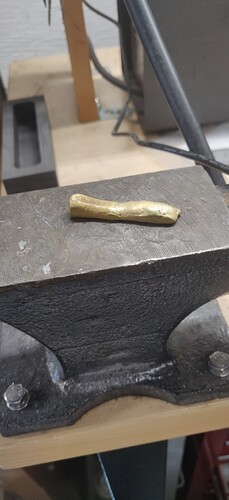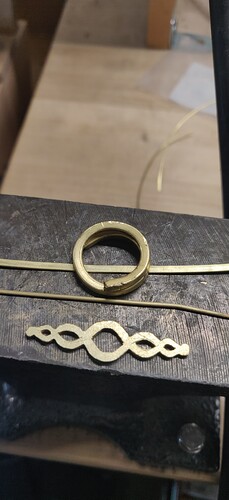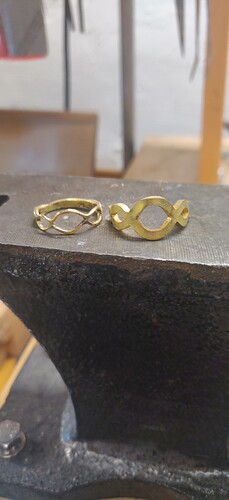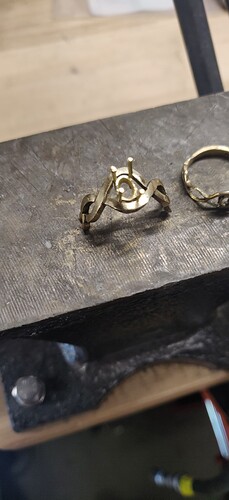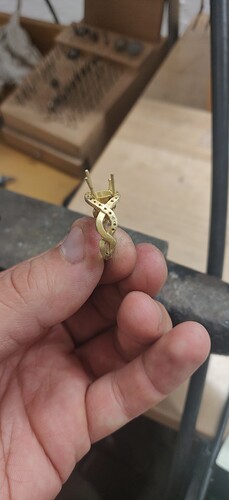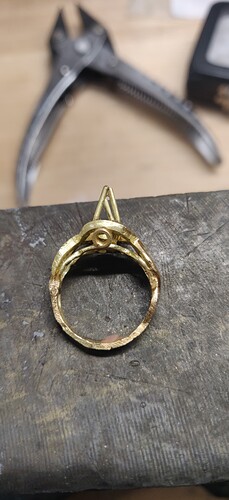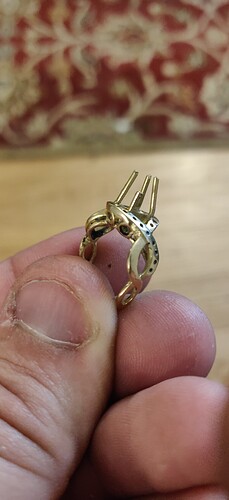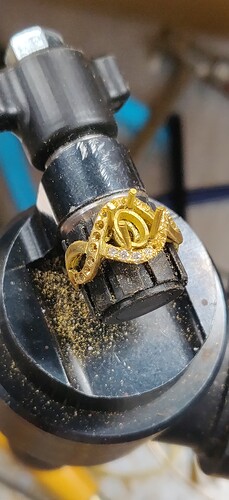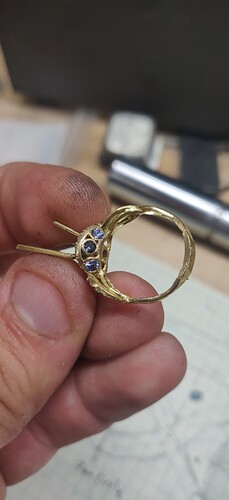Hi DanielH,
I don’t have any experience soldering around diamonds and corundum, but, as some have said, production bench jewelers do it all the time, with proper precautions. I looked for info on Google and found a discussion on our own Ganoksin forum from ‘07 that explained a lot about this topic. The title of the thread is “Soldering with diamonds in place” and it begins with a query from Joan9632. If I were you, I’d read the whole thread, because it is fascinating and it would take too long to summarize here. A few details from the thread you will need to know…yes, using the boric acid protective coating on the diamonds is necessary, but if you put it on the sapphires it is going to etch their surface. So you might use kool jool or siliquar or even wet paper towel to protect the stones and go in fast and hard with the solder, but don’t take my word for it, read the thread and consult with someone who knows this stuff in practice. And if any of the stones have big fractures or are glass filled, you could come to grief, even tho’ this is not likely if you chose decent stones, which I’m guessing you did.
As far as whether Firescoff would work as a diamond protectant like boric acid does, IDK, but Rio Grande’s tech people could probably tell you. It is touted as a great barrier flux, supposedly better than boric acid, while also being a very good soldering flux. It’s expensive compared to boric acid, but then, if you are making high end gold stuff, the cost is small compared to what you are spending on gold, melee diamonds, sapphires and a natural alex with a very nice color change.
I’m going to suggest another thing which I don’t have firsthand experience with, but which I have read about. If no other approach works for you and you don’t want to seek out a master jeweler to do the soldering, you could consider replacing the prong via cold connection. You could drill a hole behind the prong where it has broken off, file a piece of wire to use as a replacement prong and rivet the wire in place from the back of the ring. You could also tap the hole in the ring and put a corresponding thread on your wire, screw the two together, cut off the back end of the prong and peen over the end like a rivet on the ring’s back side. Since gold is expensive, you could solder an appropriately sized and shaped piece of silver onto the top end of the prong with gold solder so that you would have something to grab to turn your prong to screw it in…then just saw off the silver and shape the prong as needed.
Now this cold connection protocol is just something out of my fevered brain, so others here on the forum would have to tell you whether this would work…I do have a set of miniature taps and dies for work in silver and gold and they are cheap to buy and I assume they are pretty easy to use.
Good luck whatever you do and I hope you will return to this forum to finish the story of your amazing ring! -royjohn
